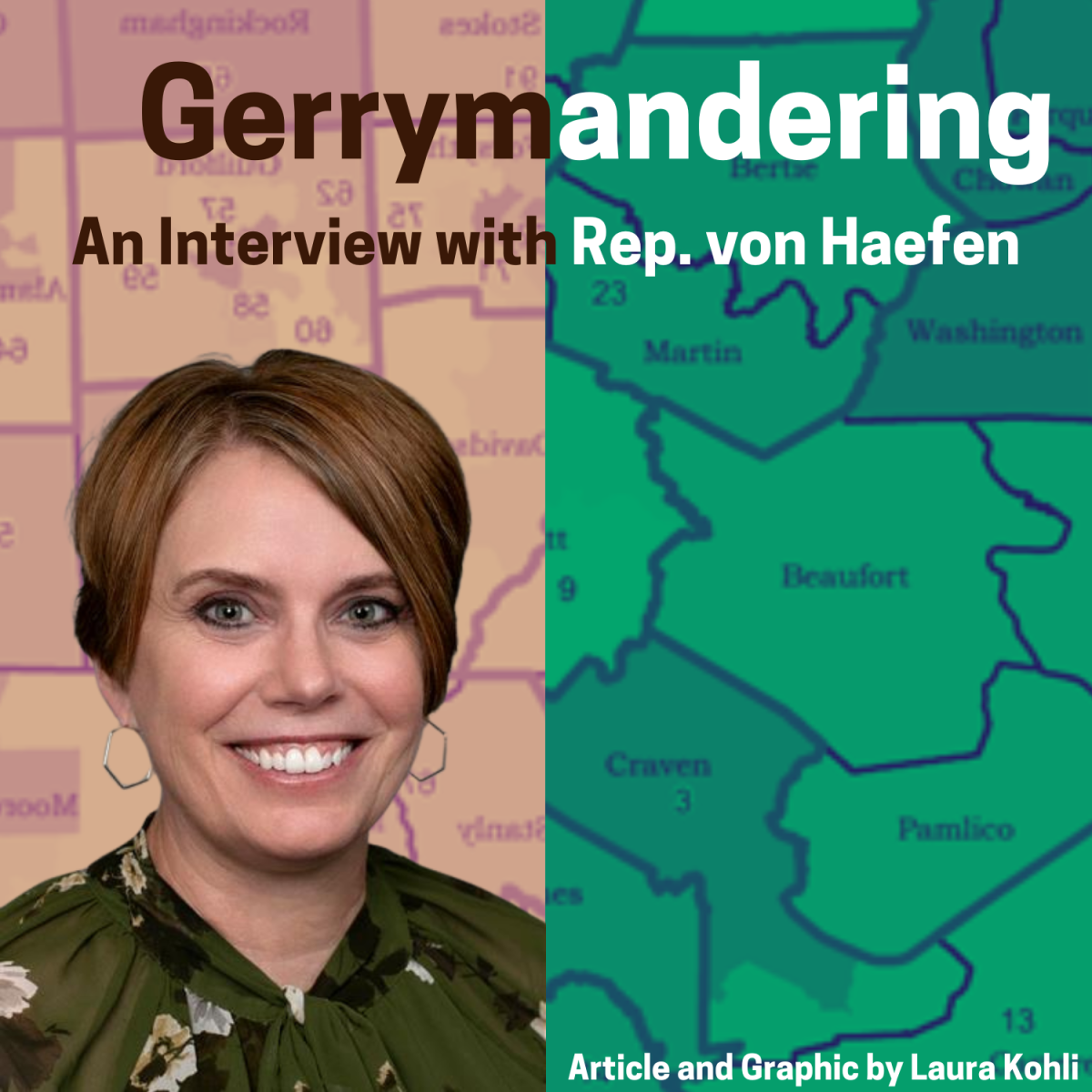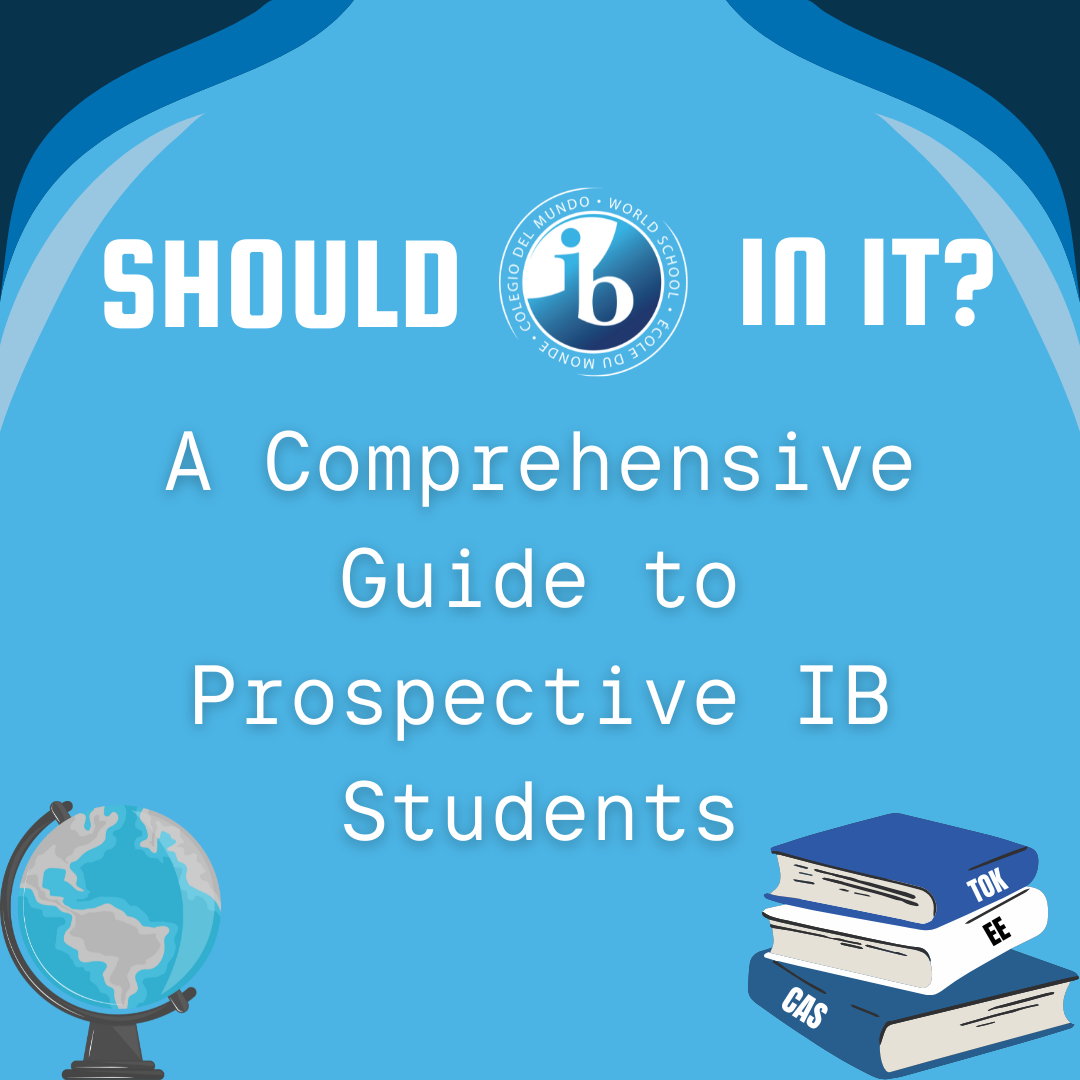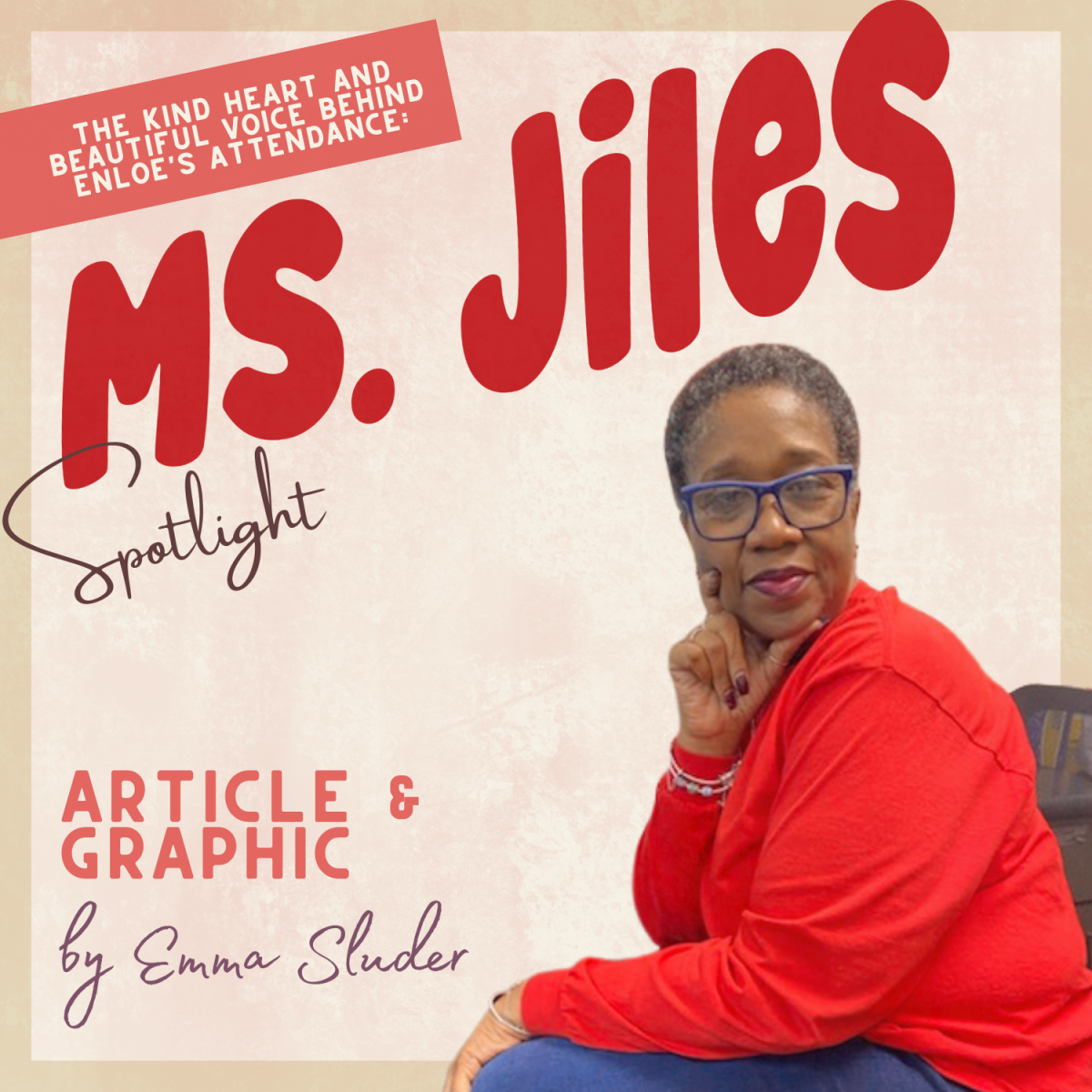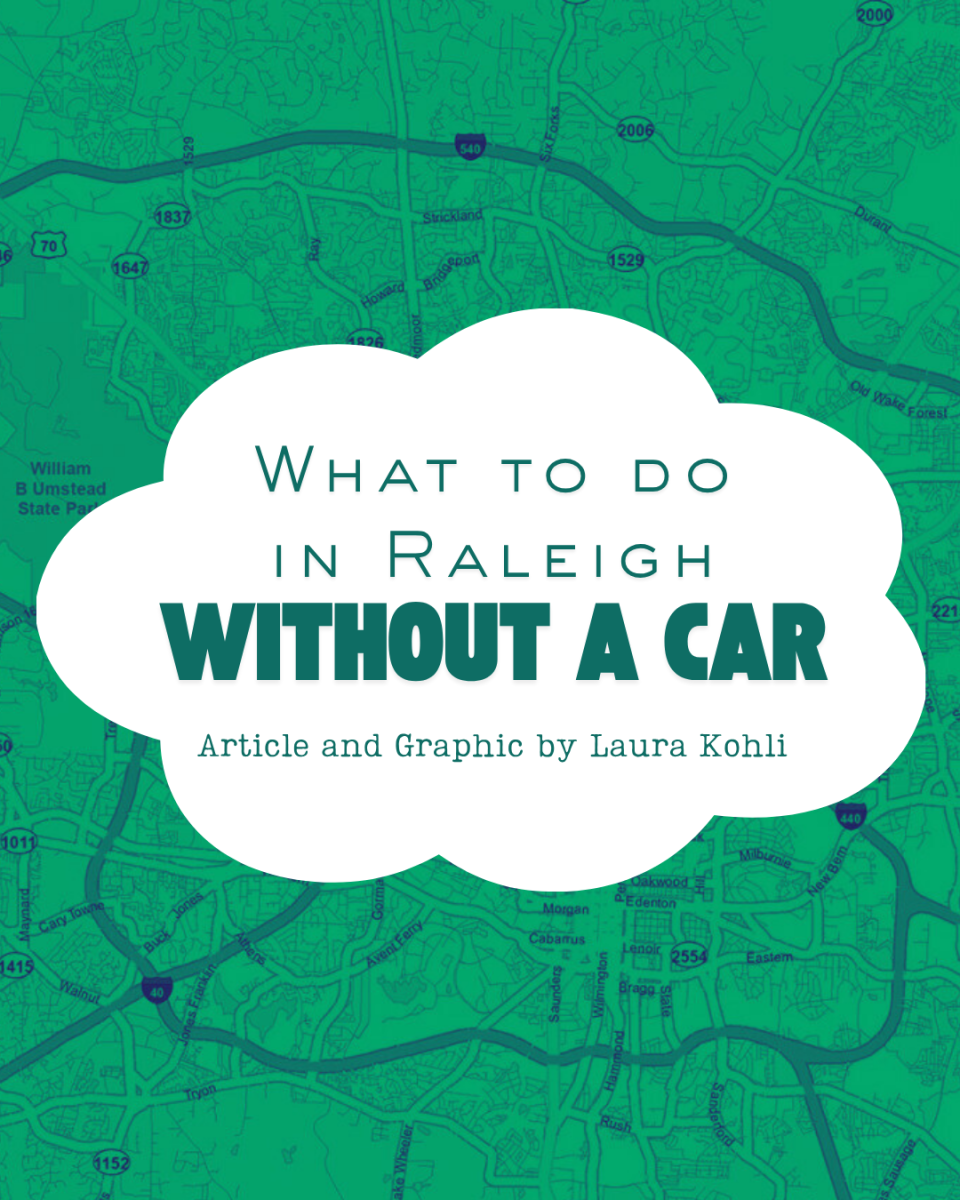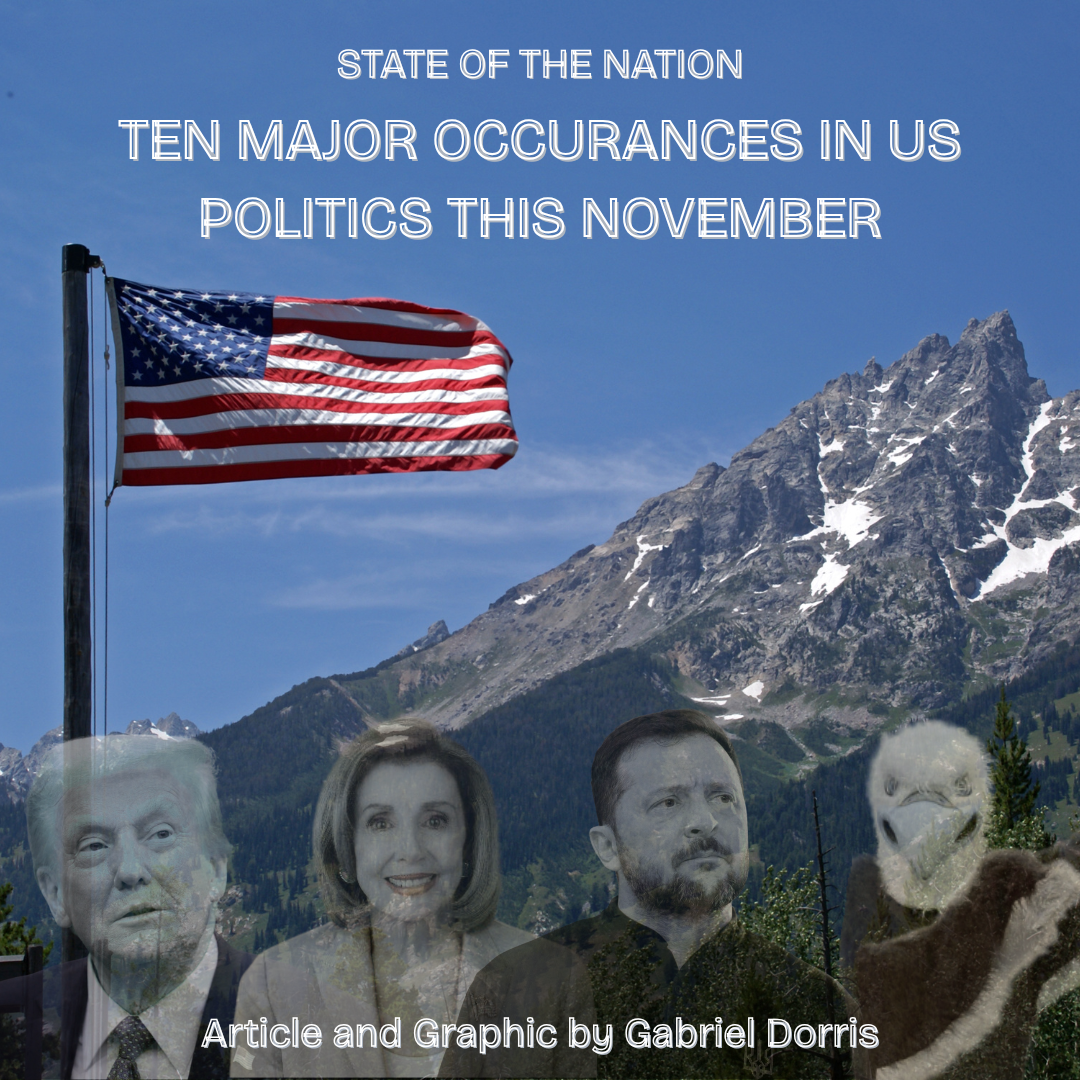In the wake of a federal election, local politics aren’t exactly on the forefront of North Carolinaian’s minds. 2020 claims of election fraud and 2024 lawsuits in swing states leave the impression that attacks on voters rights are problems for Washington to solve. However, manipulation and suppression of popular sovereignty has been plaguing state governments such as North Carolina’s for decades. The culprit: gerrymandering.
Members of the State and US House are elected by district, so that each local community gets one corresponding representative. Gerrymandering is when the politicians in charge of drawing the districts do so in a way that intentionally favors representatives along party lines, giving them the upper hand in elections. The name comes from the 1812 Massachusetts district map, drawn by Elbridge Gerry. His map gained national attention for being so obviously nonsensical that the shape of one of his districts resembled a salamander.
Besides the ridiculousness of the district shapes, gerrymandering results in the elected leaders not accurately representing the true beliefs of the people. Techniques like packing—placing voters of one demographic into one district to get a desired outcome—and cracking—splitting up voters of a certain demographic to dilute their vote to the desired outcome—are used to disenfranchise voters.
North Carolina has a particularly rich history with gerrymandering. In 1993, a predominantly Black district stretching from Charlotte to Durham was so contested that the US Supreme Court had to make the ultimate decision on its constitutionality. That case, Shaw vs Reno, set the national precedent that demographic data, such as race, couldn’t be used to draw districts. However, partisan data is still fair game. But that wasn’t the end of North Carolina’s journey with district mapping and the supreme court. The latest court case regarding gerrymandering was in 2022, when the NC map was deemed unconstitutional by the state supreme court due to extreme gerrymandering.
So why is North Carolina so prone to gerrymandering? What does a fair map look like? What can a student body do about it? Julie von Haefen, a member of the North Carolina General Assembly, answers these questions in an interview regarding her unique perspective on the NC general assembly and how the district maps are drawn. Although she currently represents district 36, her district has been drawn differently every time she has run.
Gerrymandering is something North Carolinians have been talking about for a while, but why is our state specifically so vulnerable to it?
Rep. von Haefen starts, “I don’t know if NC is unique in the problems we have in this issue.” She references how many other states have started to face criticism about gerrymandered maps. However, she acknowledges the particular tendency of North Carolina and gerrymandering lawsuits, “We seem to be stuck in a bad pattern of passing bad maps in the legislature, and then the court either overturn[s] them or say[s] we have to redraw them or approve them.”
From your vantage point, what is the process of drawing the district map? Does the minority party have any sway at all with how the map is drawn?
“The actual process of drawing the map starts with a committee,” says Rep. Von Haefen, “and includes members of both parties. However, that’s about as far as you can count on,” she says, “Every year that I’ve been [in the NC House] we have redrawn maps, and it’s done [in] different ways.”
“Despite the varying amount of input a minority party has over the actual drawing of the map, every member has a say in whether it passes, or not,” Rep. Von Haefen says, “The way that we draw the maps is like a bill. Because it works that way … we can file amendments, in that way the minority party members do have some involvement.” However, Rep. Von Haefen adds, “Because we’re in the minority, most of our amendments don’t pass.”
The state supreme court ruled that demographic data should not be used when making state maps, but partisan data is fair game. How do representatives make decisions on where district lines fall?
“They say that they don’t [use demographic based data], but it’s really hard to look at a voter file of data which might include the political party of the voter and all those other things and not look at [demographic data]. As much as they say they dont look at it, it’s kind of impossible not to,” says Rep. Von Haefen.
What’s the difference and how can you tell between a fair district map and a gerrymandered map? If it were purely up to you, how would you decide to draw the district lines?
Rep Von Haefen begins with how a fair map would look and how it gets made, “We do have guidelines that we have to use, staying within county lines, [or] keeping what they call communities of interests, for example college campuses, together. If I was looking at a map … and it doesn’t look like all the tentacles and fingers were reaching out, if it’s compact, if it keeps communities and municipalities together [then it’s fair].”
She says keeping these communities of interest and municipalities together are important to her, she says her own district is an example of this not being honored, “My district cuts Apex into three parts, things like this, it really disenfranchises voters.”
How does gerrymandering affect voter’s power?
Rep. Von Haefen says on top of changing the expression of voters, it discourages people from voting in the first place, especially in local elections, “My personal district has been redrawn four times, I know firsthand when I go out and talk to voters that they don’t know who represents them … that’s really harmful, it’s tough to keep track of who your representatives are and it makes a tough time tougher.”
This is an example of voter roll off, when people vote for top ticket offices like president or senate but not things like state representative or local offices, “It really makes the whole electoral process confusing for people, it’s one of the most harmful things about [gerrymandering], other than not having adequate representation.”
She says talking with representatives from other places, the difference is jarring, “States like Colorado, they’ve made it so incredibly easy to vote … instead we’re doing things that make it harder for people.”
What can we do as underage people to make our voices heard?
Von Haefen emphasizes the importance of staying up to date as a young person, “Even if you can’t vote, the one problem that we’re having right now is people aren’t staying aware of the attacks [on voters]. The opposition party makes it hard for people to know, they’re doing all these things really rushed.”
To conclude, Von Haefen says, “Stay focused on local issues … really bad things are going on here, we just have to make sure people are aware of it, democracy dies in darkness.”
Works Cited
Trickey, Erick. “Where Did the Term “Gerrymander” Come From?” Smithsonian, Smithsonian.com, 20 July 2017, www.smithsonianmag.com/history/where-did-term-gerrymander-come-180964118/.
“A Brief History on Gerrymandering in North Carolina.” North Carolina Forward Party, 2024, www.northcarolinaforwardparty.com/a_brief_history_on_gerrymandering_in_north_carolina. Accessed 24 Jan. 2025.


